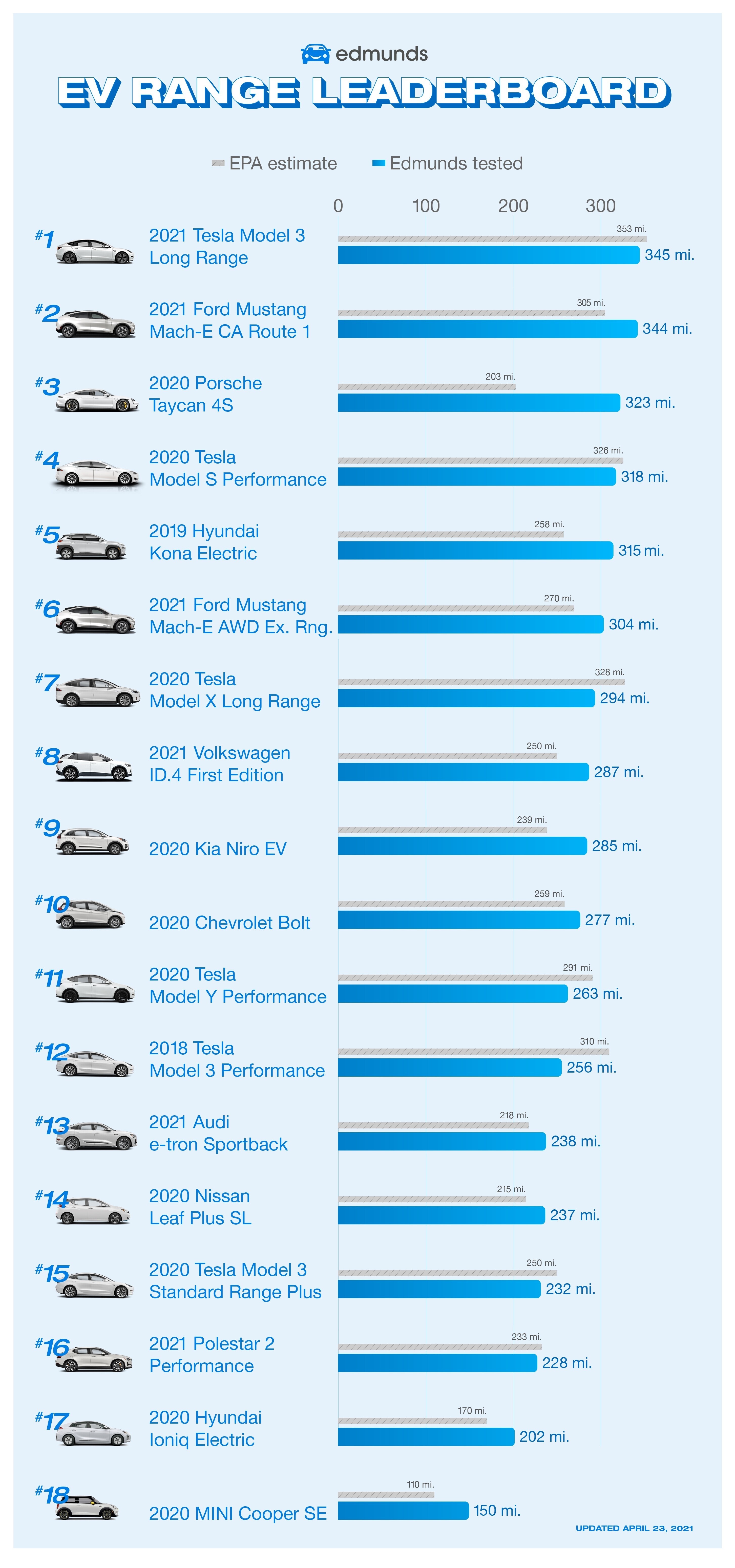As the world gradually shifts towards more sustainable forms of transportation, electric vehicles (EVs) are taking the highways by storm, offering eco-conscious travelers a chance to explore the open road without leaving a hefty carbon footprint. Whether you’re a seasoned EV owner or considering making the switch for your next adventure, embarking on a road trip in an electric car can be an exhilarating experience filled with breathtaking landscapes, charming pit stops, and the satisfaction of contributing to a greener planet.
In this comprehensive guide, we’ll cover everything you need to know about planning and enjoying your electric road trip, from choosing the right vehicle to understanding charging infrastructure, and tips for maximizing your journey’s enjoyment. So buckle up and get ready to hit the road with confidence as we explore the exciting world of electric travel!
Table of Contents
- Planning Your Route for Optimal Charging Availability
- Understanding Charging Infrastructure and Types
- Tips for Maximizing Your Electric Vehicles Range
- Must-Have Apps and Tools for a Smooth Road Trip Experience
- Q&A
- Wrapping Up

Planning Your Route for Optimal Charging Availability
When planning a road trip in your electric vehicle, the key to a smooth journey lies in mapping out your route with charging stations in mind. Start by using reliable navigation apps that include filters for EV charging points. These applications can help you visualize major highways, scenic routes, and charging networks. Make sure to check the following before hitting the road:
- Charging station locations: Identify charging stations along your route.
- Charging speed: Look for stations with DC fast chargers to minimize downtime.
- Planned stops: Factor in breaks and meal stops at or near charging points.
Additionally, it’s wise to anticipate potential charging delays or unavailability. Some charging stations may be out of service or occupied during peak travel hours. Consider adding an alternate route that includes backup charging options. To further streamline your journey, consult the following table for common EV charging networks with their respective average charging speeds:
| Charging Network | Average Charging Speed |
|---|---|
| Supercharger | Up to 250 kW |
| ChargePoint | Up to 62.5 kW |
| EVgo | Up to 100 kW |

Understanding Charging Infrastructure and Types
When embarking on a road trip with an electric car, understanding the various types of charging infrastructure is crucial to ensure a smooth journey. Charging stations can typically be categorized into three main types: Level 1, Level 2, and DC Fast Charging. Each type varies in charging speed and compatibility with different electric vehicles. Here’s a brief overview:
- Level 1: Uses a standard 120-volt outlet, making it accessible but slow, adding about 4-5 miles of range per hour.
- Level 2: Utilizes a 240-volt outlet and is commonly found in public charging stations. It can add about 10-60 miles of range per hour, making it a great option for overnight charging.
- DC Fast Charging: These stations are designed for rapid charging, providing up to 80% of battery capacity in 30 minutes or less. Ideal for quick stops during long trips.
To visually summarize the differences, here’s a simple breakdown of charging times and available range:
| Charging Type | Voltage | Range Added per Hour |
|---|---|---|
| Level 1 | 120V | 4-5 miles |
| Level 2 | 240V | 10-60 miles |
| DC Fast Charging | 480V+ | Up to 100 miles in 30 minutes |
Choosing the right charging option depends on your journey, available infrastructure, and the specific range needs of your electric vehicle. Familiarizing yourself with these types will help streamline your road trip experience, allowing you to enjoy the journey without frequent stops for charging.
Read More: When Will New Car Prices Drop?

Tips for Maximizing Your Electric Vehicles Range
Maximizing the range of your electric vehicle (EV) during a road trip can significantly enhance your travel experience. To get the most out of every charge, consider adopting a few efficient driving habits. These include:
- Maintain a steady speed: Use cruise control on highways to avoid unnecessary acceleration and deceleration.
- Regenerate energy: Take advantage of regenerative braking by anticipating stops and slowing down gently.
- Reduce weight: Remove any unnecessary cargo from your vehicle to lower energy consumption.
- Optimize your route: Use navigation tools to find the most efficient paths, avoiding steep hills and heavy traffic.
Additionally, managing your vehicle’s climate control settings can play a crucial role in conserving battery life. For example, using heated seats instead of the cabin heater can save energy, while parking in shaded areas can reduce the need for air conditioning. To better understand how different factors can affect your EV’s range, refer to the table below:
| Factor | Impact on Range |
|---|---|
| Speed | Higher speeds can decrease range significantly. |
| Temperature | Extremes in weather can reduce battery efficiency. |
| Accessories | Using lights or infotainment systems can drain battery faster. |
| Driving Style | Aggressive driving leads to rapid energy depletion. |

Must-Have Apps and Tools for a Smooth Road Trip Experience
Embarking on a road trip in an electric car offers a unique set of experiences, enhanced by technology. To make your journey seamless, include some essential apps and tools in your travel toolkit. Start with navigation apps like Google Maps or Waze, which not only help you find the best routes but also locate charging stations along the way. Another useful app is PlugShare, allowing you to view real-time availability of charging stations and user reviews. Planning your stops with these resources ensures you’re never caught with an empty battery.
Additionally, consider using entertainment apps to keep the mood light while you’re on the road. Spotify and Audible offer a treasure trove of music and audiobooks that make the miles fly by. For food enthusiasts, Yelp is a great tool for exploring local eateries along your route, adding a local flavor to your road trip experience. For tracking expenses, apps like Trail Wallet can assist in managing your budget. With these tools at your fingertips, you can navigate the open road effortlessly and with utmost enjoyment.
Q&A
Q: What are the benefits of road tripping in an electric car?
A: Road tripping in an electric car offers several advantages, including lower fuel costs, reduced environmental impact, and a quieter, smoother driving experience. Electric vehicles (EVs) often have fewer moving parts than traditional gasoline cars, which can lead to lower maintenance costs. Additionally, many EVs feature advanced technology and infotainment systems that can enhance your travel experience.
Q: How far can I drive on a single charge?
A: The range of electric cars varies widely depending on the model and battery size. Many modern EVs can travel between 200 to 400 miles on a single charge. It’s important to research your specific vehicle’s range before embarking on a long trip and to consider factors such as driving speed, terrain, and weather conditions, which can all affect mileage.
Q: What should I do to prepare for a road trip in an EV?
A: Preparation is key for a successful road trip in an electric car. Start by planning your route and identifying charging stations along the way using apps like PlugShare or ChargePoint. Make sure to charge your vehicle fully before departure and consider having a charging adapter for various types of charging stations. It’s also wise to pack a charging cable and keep snacks and water handy for charging stops.
Q: What are the different types of charging stations available?
A: There are three main types of charging stations: Level 1, Level 2, and DC fast chargers. Level 1 chargers use a standard home outlet and are the slowest, taking several hours for a full charge. Level 2 chargers are faster and often found in public stations, providing a full charge in a few hours. DC fast chargers are the quickest option and can charge an EV up to 80% in about 30 minutes, making them ideal for road trips.
Q: How long does it take to charge an electric car during a road trip?
A: Charging time varies based on the type of charger and the vehicle’s battery size. On a Level 1 charger, it could take more than 24 hours to fully charge. Level 2 chargers usually take 4 to 8 hours for a full charge, while DC fast chargers can get you to 80% in approximately 30 minutes. Plan for longer stops at fast chargers to stretch your legs and grab a bite to eat.
Q: Can I road trip in an electric car during winter?
A: Yes, you can absolutely road trip in an electric car during winter! However, be aware that cold temperatures can reduce battery performance and range. To combat this, pre-condition your vehicle while it’s still plugged in, keep your tires properly inflated, and maximize your use of seat heaters instead of cabin heat to conserve battery power. Additionally, plan your charging stops more frequently in colder weather.
Q: Are there any apps that can help me on my electric road trip?
A: Yes! There are several apps designed to enhance your electric road trip experience. Notable mentions include PlugShare, which helps locate charging stations; ChargePoint for finding stations and checking their availability; and A Better Routeplanner (ABRP), which assists with route planning considering your vehicle’s range and charging station availability.
Q: What should I do if I run out of charge on the road?
A: If you happen to run out of charge, don’t panic. Many EVs have a reserve range, which can provide a little extra distance to help you reach the nearest charging station. If you’re stuck, use your mobile device to locate the closest charging station or call roadside assistance if you need help. It’s always good to have a backup plan and extra snacks in case of an unexpected delay!
Q: Is it safe to sleep in my electric car during long road trips?
A: Yes, it’s generally safe to sleep in your electric car during long trips, especially if you’re parked in a secure and well-lit area, such as a rest stop or campground. Many EV features, such as climate control and infotainment systems, can be used while parked. Just ensure your battery level is sufficient, and be mindful of local laws regarding overnight parking.
Q: Do I need special driving skills to operate an electric car?
A: Not at all! Driving an electric car is similar to driving a gasoline vehicle. Most EVs come with automatic transmission, making them easy to drive. Some EVs feature regenerative braking, which can feel different initially but becomes intuitive with practice. Take some time to get familiar with your vehicle’s features before your trip.
With this Q&A, you’re now ready to hit the road in your electric car while keeping all the essential tips and tricks in mind. Enjoy your journey!
Wrapping Up
road tripping in an electric car can be a thrilling and sustainable way to explore new destinations while minimizing your carbon footprint. With advancements in charging infrastructure, longer battery ranges, and a growing number of EV-friendly accommodations, there has never been a better time to hit the open road in an electric vehicle.
As you plan your journey, remember to map out charging stations, pack the essentials for a comfortable drive, and embrace the unique experience of traveling in an eco-friendly way. Whether you’re seeking picturesque landscapes, bustling cityscapes, or hidden gems off the beaten path, an electric road trip offers a fresh perspective on travel.
So, charge up your battery, gather your favorite travel companions, and get ready for an adventure that is not only exciting but also contributes to a healthier planet. Happy travels, and may your journey be filled with memorable moments and stunning sights! Safe travels!











